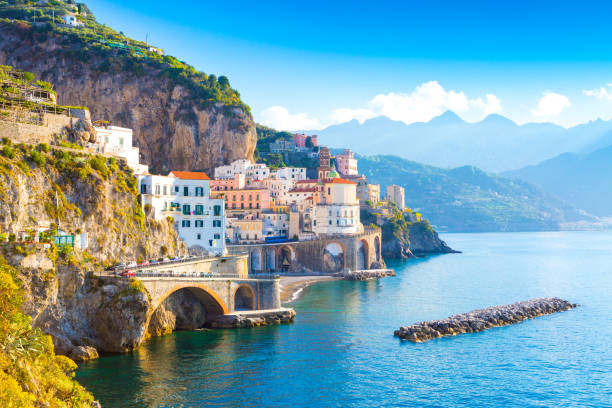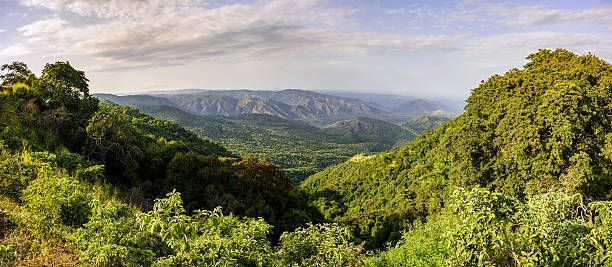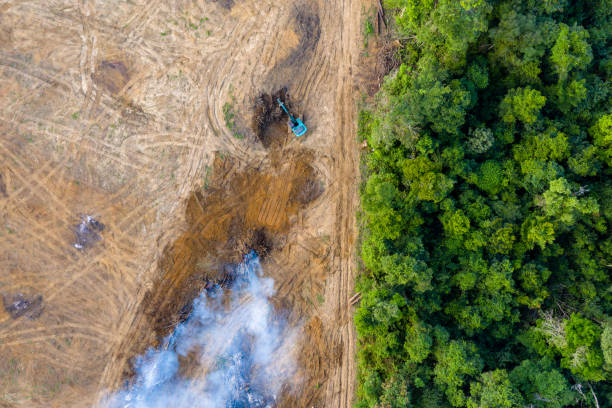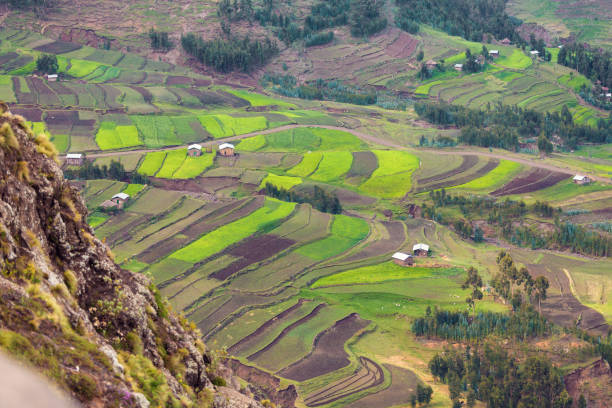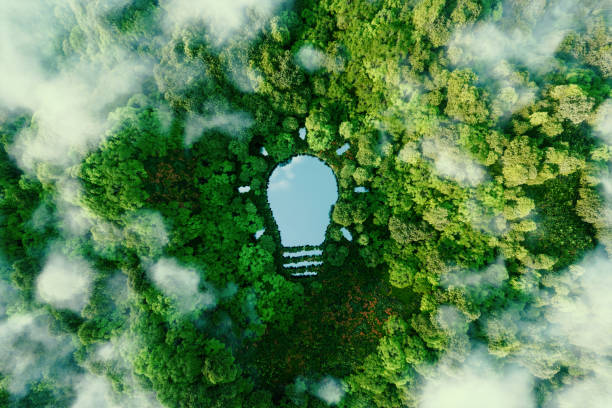In a world facing escalating environmental crises, sustainability is evolving. Here is a proposal of a revolutionary approach that goes beyond maintaining the status quo to actively restoring and enhancing natural systems: regenerative dynamics!
What are regenerative dynamics?
Regenerative dynamics focus on repairing and rejuvenating ecosystems. Unlike traditional sustainability, which aims for zero impact, regenerative practices strive for a positive impact. This means adopting methods that restore soil health, increase biodiversity, and sequester carbon, ensuring a thriving planet for future generations.
The urgency of regenerative approaches
Climate change, biodiversity loss, and resource depletion are urgent issues. Some people argue that traditional sustainability practices are insufficient in the face of these global issues. We need to shift our focus to practices that restore and enhance natural systems, they say.
Key elements of regenerative dynamics
- Restorative agriculture: Practices like cover cropping, no-till farming, and agroforestry rebuild soil health and sequester carbon, leading to healthier and more resilient farming systems.
- Circular economy: A circular economy minimizes waste and promotes recycling and reusing materials, reducing the strain on natural resources and lowering carbon emissions.
- Ecosystem restoration: Initiatives such as planting native trees, restoring wetlands, and protecting coral reefs rebuild habitats and support wildlife.
- Social equity: Ensuring fair access to resources and opportunities for all, including marginalized communities, is a cornerstone of a regenerative approach.

(Source: iStock)
Recommendations for mainstreaming regenerative dynamics
- Policy support: Governments should create policies that support regenerative practices, such as subsidies and incentives.
- Education and awareness: Public campaigns and educational programs can increase awareness and understanding of regenerative dynamics.
- Business innovation: Encouraging businesses to innovate and adopt regenerative practices is crucial.
- Community engagement: Involving local communities ensures the success of regenerative projects.
Moving forward: A regenerative future
By embracing regenerative dynamics, we can create systems that are not only sustainable but also restorative. This shift requires collaboration across all sectors of society. In conclusion, the goal is not just to sustain but to regenerate. Through innovative practices and collaborative efforts, we can heal our planet and build a resilient and thriving world for future generations. It’s time to move beyond sustainability and embrace a regenerative future.
If you want to explore this topic further, you can find the whole paper HERE.
Fischer, J., Farny, S., Abson, D.J., Zeidler, V.Z., von Salisch, M., Schaltegger, S., Martín-López, B., Temperton, V.M., Kümmerer, K. Mainstreaming regenerative dynamics for sustainability. Nat Sustain (2024). https://doi.org/10.1038/s41893-024-01368-w
Text by Isabelle Andres


